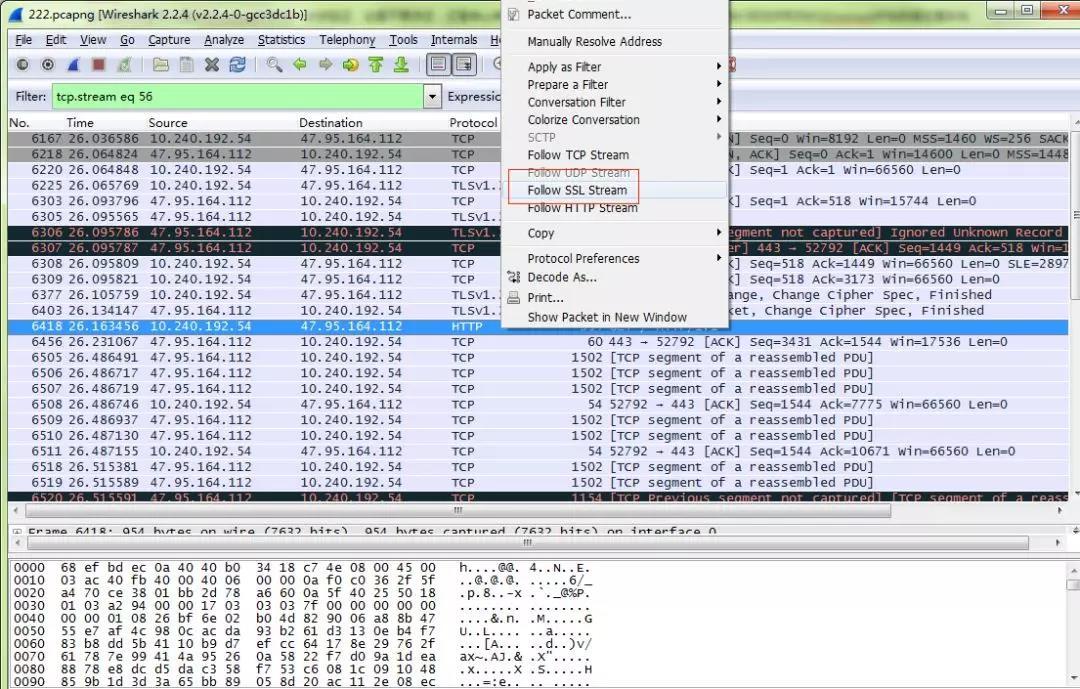


To check if promiscuous mode is enabled, click Capture > Options and verify the “Enable promiscuous mode on all interfaces” checkbox is activated at the bottom of this window. If you have promiscuous mode enabled-it’s enabled by default-you’ll also see all the other packets on the network instead of only packets addressed to your network adapter. Wireshark captures each packet sent to or from your system. HTTPS is both a protection but also a convenient way to obfuscate data/metrics or any litigious traffic. You can configure advanced features by clicking Capture > Options, but this isn’t necessary for now.Īs soon as you click the interface’s name, you’ll see the packets start to appear in real time. In the lower window, the message is displayed. Browse through the different HTTPS messages and select an Application Data message. Enter tcp.port443 as a filter, and click Apply. For example, if you want to capture traffic on your wireless network, click your wireless interface. In the Wireshark application, expand the capture window vertically and then filter by HTTPS traffic via port 443. Capturing PacketsĪfter downloading and installing Wireshark, you can launch it and double-click the name of a network interface under Capture to start capturing packets on that interface. Don’t use this tool at work unless you have permission. Just a quick warning: Many organizations don’t allow Wireshark and similar tools on their networks.


 0 kommentar(er)
0 kommentar(er)
